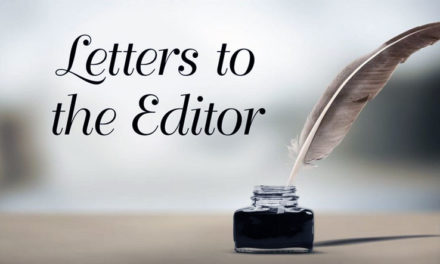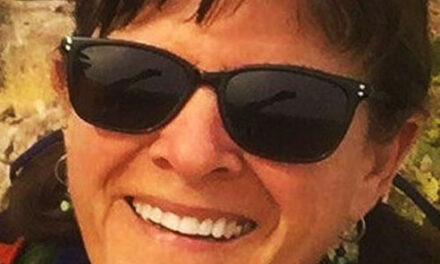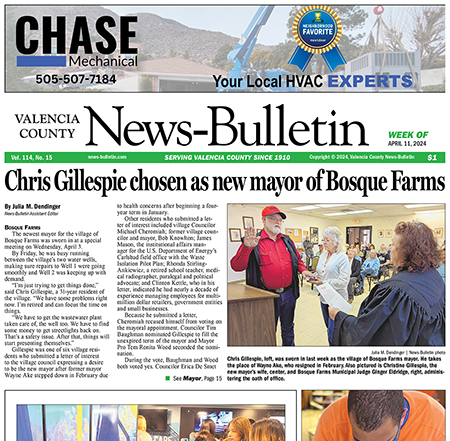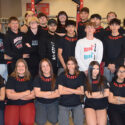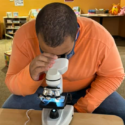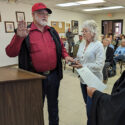Early in their courtship, the sea horse couple meet just after dawn for the “predawn dance,” where they swim, entwine tails and spin around a blade of sea grass.
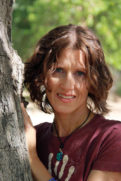
Colleen Dougherty
During the “true courtship dance” a few days later, the female deposits up to 2,000 unfertilized eggs into the male’s kangaroo-type brood pouch. Then, each morning for the next four weeks, she visits her now pregnant mate for a “morning greeting,” while the daddy sea horse incubates the eggs, providing oxygen, prolactin (the same hormone responsible for milk production in mammals) and calcium for strong little sea horse bones.
After he gives birth, the tiny sea horses swim away, and the process begins again. Although sea horses don’t necessarily mate for life, many, knowing they can rely on each other for this long and exhausting process, will stay together during an entire mating season.
For the Emperor Penguin, the transfer of the egg isn’t quite as graceful. In fact it’s often clumsy, and always precarious. If the egg cracks, the chick is doomed.
Mama’s food and energy reserves are all used up by the time she produces the egg, so she leaves for the sea for two months, leaving dad to hold the egg in his brood pouch atop his feet for the duration (“Happy Feet” got it right!)
Males huddle together against the Arctic wind and cold, taking turns being in the middle. When a chick hatches (about two weeks before mom gets back,) dad feeds it “crop milk.” Of the bird kingdom, only pigeons, flamingos and male Emperor Penguins can produce this nutritious meal!
When mom finally takes over, dad, who may have lost nearly half his body weight by that time, gets three weeks at sea to recharge. When he returns, the bonded pair begin sharing all the responsibilities of parenthood.
“He’s cute, but can he bring home the … mice?” One owl expert at the Rio Grande Nature Center says that’s what a female barn owl may be thinking about the male offering her a mouse. During courtship, the male brings food at every visit, and after mating, feeds her the treat.
But he must also bring dinner for the two weeks she’s “with egg,” and during the 30 days of incubation. And when the chicks hatch, he’s got to feed the entire family for at least three more weeks! Talk about a devoted father! Barn owls, like Emperor Penguins, mate for life.
When our beloved roadrunners mate, the male also brings the female a treat, except after they’re finished, they share it! Roadrunners mate for life, and each spring renew their bond in an elaborate courtship dance, where the male prances and bows to his mate, offering her food and nesting material for their upcoming family.
Decades ago, world famous wildlife documentarian, the late Hugo van Lawick, watched five males from a pack of wild African dogs raise nine pups after the female of the pack died. Indeed, fatherhood is a concept shared, in come capacity, across all species.
And so, this column is dedicated to all the papas out there … a belated Happy Father’s Day!
And if you’re not a father yet, perhaps you’ll take some cues from these dads. (Just don’t mimic the Australian Bower Bird, who builds one of the most beautiful nests in the bird kingdom, lures in a female, mates, then abandons her completely, leaving her to raise the brood alone!) Hasta la Vista, Baby!


